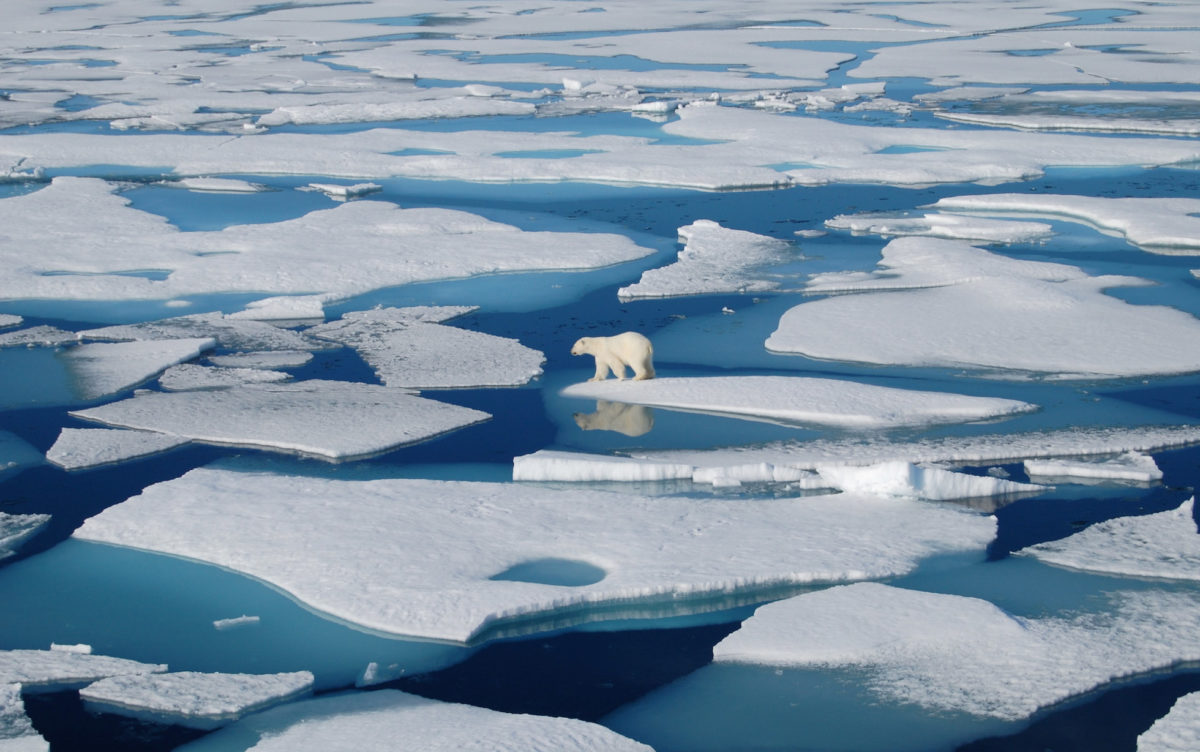Ten years ago this month I defended a thesis at the Pokrovsky campus of Moscow’s Higher School of Economics. It focused on Arctic politics, arguing the five states bordering the Arctic Ocean (Canada, Denmark/Greenland, Norway, Russia, USA) sought realist, realpolitik goals through liberal international vehicles such as the Arctic Council and the UN.
Much has changed since then. In the intervening decade, arguably, the biggest variable has been the decline in oil and gas prices, which diminished the importance of the Arctic (and its immense hydrocarbon reserves), in the capitals of the five Arctic States and their neighbours – at least in exploration budgets, at most in policy concerns.
Cold laws
However, realist politics still holds sway over the ever-melting Arctic Ocean. Unlike the South Pole, governed by the Antarctica Treaty of 1961 which inhibits state interests and places the environment above sovereignty, the Arctic falls under the United Nations Convention on the Law of the Sea (UNCLOS). This convention (still unratified by the USA), mandates territorial claims as well as offshore economic exclusion zones and, crucially, mineral rights for undersea continental shelves that can be shown to be an extension of sovereign territory.
Currently, Russia claims almost half the Arctic Ocean continental shelf up to the Lomonosov Ridge. UNCLOS, while allowing for such claims, demands they be interpreted by international law and consensus.
Source: Durham University
Who’s there wins
This legal need matters. Beyond drawing lines on maps there is another crucial precedent on who can lay claim to the Arctic: capability and operation. This essentially allows states to argue that because they operate in High Northern spaces they have a historical, exclusive right to those places. This is why Denmark conducts its military ‘Sirius’ dog sled patrols across Greenland, and why Russian explorer Arthur Chilingarov placed a Russian flag on the seabed of the North Pole in 2007, stating: “The Arctic is Russian. We must prove the North Pole is an extension of the Russian coastal shelf”.
Our new friends in the High North
With Finland and Sweden now set to join NATO following Russia’s invasion of Ukraine, it is clearly time for a new political precedent in the Arctic. The default state-to-state approach has bred only a zero sum consensus. That is unlikely to change but NATO, now backed by the near Arctic nations of Sweden and Finland, can forge a united front against a belligerent and expansionist and clearly risk-tolerant Russia. This would mean increasing military capability and a demonstration of NATO power in the High North. More importantly though, it would show defence of the governing principle of international law in the region.
The Arctic would clearly benefit from an international treaty such as the one that encompasses the southern polar region. Until that becomes feasible, the rule of law must remain in the High North. UNCLOS is by no means perfect and is clearly not the best tool to define and mandate territorial claims in an ocean that is largely frozen. However, it does represent a liberal order and framing of disputes; the Arctic is by no means the Wild West.
The light of international law
This matters because the rise of autocracy must not be encouraged by unwilling democracies. China’s muted response to the invasion of Ukraine and its anti-west rhetoric is telling. But more telling are Beijing’s intentions in the South China Sea and the recent treaty signed with the Solomon Islands.
NATO works because it demonstrates that defence may not be binary, that collective approaches to international issues are uniformly better. Though NATO’s greatest mistake was in squandering real rapprochement and integration with Russia after the Cold War, it is Putin, not the west, that has remade old enemies.
Today, a NATO with a clear agenda in the Arctic need not fall under the tired ‘New Cold War’ framing. This goes beyond containment and territorial sovereignty. A stated High North policy would be a chance to use the rule of law to protect the world’s most vulnerable spaces and to show the meaning of the message that the international liberal order is worth defending.

